The rhythmic hum of spinning wheels — Charaka — still reverberates through the air in Badanavalu, a village in Nanjangud Taluk, Mysuru District, that etched its place in history during India’s freedom struggle.
Sanctified by the footsteps of Mahatma Gandhi (whose 155th birth anniversary was celebrated yesterday), this humble village embraced his ideals and clung to its legacy of cottage industries, preserving them with pride to this day.
The soft, distant clatter of spinning wheels, tirelessly weaving Khadi threads, echoes through the fields. It was here, following Gandhi’s two iconic visits in 1927 and 1934, that hundreds of women found empowerment, shaping their lives around the art of weaving Khadi.
Gandhi first arrived in 1927, amidst his fight against the Simon Commission. His visit to the Mysore kingdom brought him face-to-face with freedom fighter Tagadur Ramachandra Rao.

Beacon of self-reliance
Upon witnessing the Khadi and Village Industries Centre, established by the Maharaja of Mysore in Badanavalu, Gandhi’s heart swelled with hope. His inspiration spurred the growth of more cottage industries, a movement that would transform the village into a beacon of self-reliance.
To commemorate Gandhi’s visit, a stone was laid at the very spot he set foot, with the inscription ‘Badanavalu Spinning Region.’ This simple act sowed the seeds for the formation of the Badanavalu Khadi Village Industries Cooperative Society.
A stone dating back to 1927, etched with the image of a spinning wheel, still stands as a symbol of his presence. Under local leadership, a bust of Gandhi and a pavilion were erected, with a plaque proudly noting its inauguration by the then Chief Minister, Veerendra Patil.
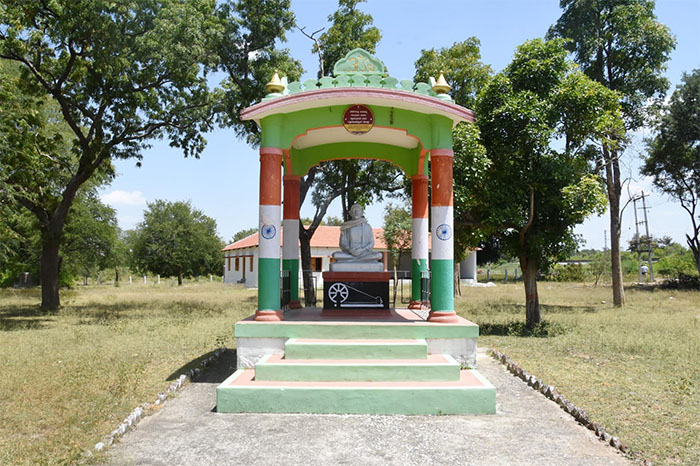
A hub of rural industry
In 1934, Gandhi returned to the Mysore region as part of his donation campaign for the ‘Harijan Sevak Sangh.’ Seizing the moment, he revisited Badanavalu to check on the progress of the spinning centre he had once inspired.
Following Gandhi’s initial visit, and with the enthusiastic backing of Maharaja of Mysore, Badanavalu blossomed into a hub of rural industry. Matchstick production, hand-made paper crafting, carpentry, blacksmithing, grain processing and making of puffed rice, beaten rice and fibre products were all successfully established.
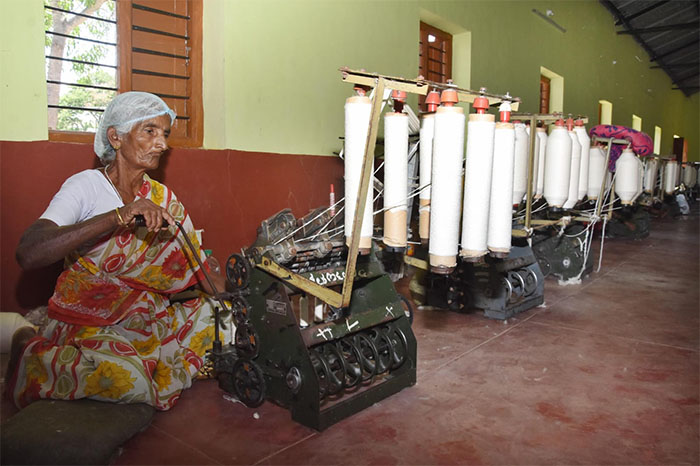
Additionally, training for rural oil and fibre industries was introduced, creating a vibrant cottage economy that provided employment for around 500 villagers. Locals fondly recall Gandhi’s delight at witnessing the thriving industries during his second visit, a testament to the enduring spirit of self-reliance he had instilled.
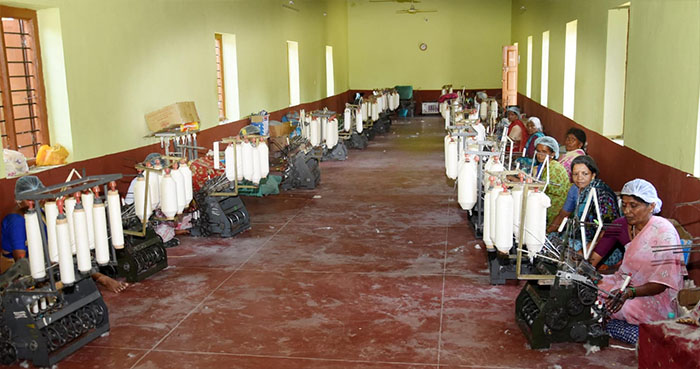
Government support
At present, the Khadi industry is the only operational enterprise at Badanavalu, with the centre now under the management of the Khadi and Village Industries Society from Holenarasipura, Hassan district.
Supported by Government incentives, the workers spinning Khadi garments earn Rs. 35 per piece, with an additional Rs. 3 for each spool of thread and Rs. 7 per metre of fabric as bonus wages from the Khadi and Village Industries Board.
On average, women earn between Rs. 150 to Rs. 200 per day, utilising their spare time after household chores to engage in this craft.
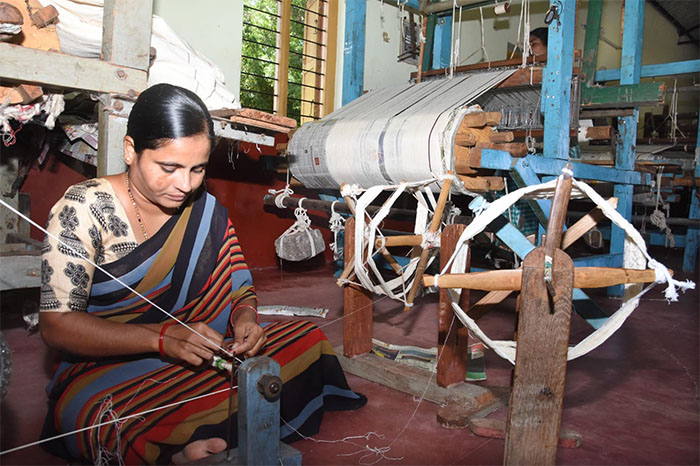
Sabarmati Ashram model
The centre, sprawling across 5 acres, is seeing a renewed focus on development. A compound wall is under construction and the Karnataka State Tourism Department, through KRIDL (Karnataka Rural Infrastructure Development Limited), is building a structure modelled after the Sabarmati Ashram. The project is well underway.
Plans are also in motion to transform the park into a tribute to Gandhi’s legacy, with statues depicting his Dandi March and other figures emphasising village self-governance and self-reliance.
Meanwhile, the building erected in 1950 on the very spot where Gandhi addressed the villagers in 1927 has fallen into disrepair. Plans are underway to restore this historical structure, preserving it as a monument for future generations to remember and honour Gandhi’s profound connection with the village.
Badanavalu village, nestled in Nanjangud taluk of Mysuru district, is strategically situated along the route from Nanjangud to Chamarajanagar, boasting robust road connectivity.
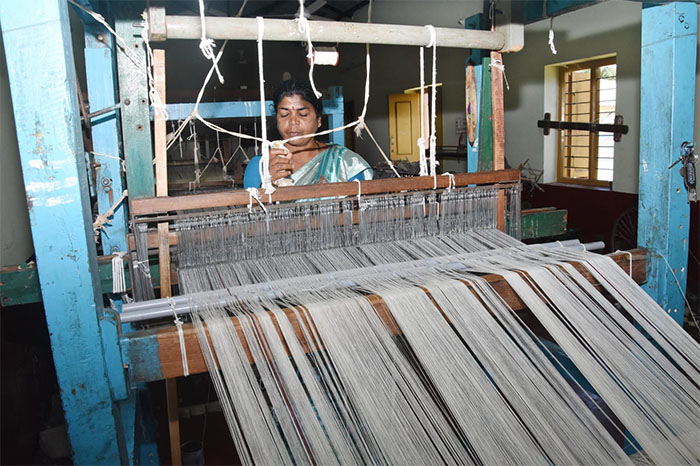
Earlier Narasambudhi
Notably, railway records refer to this village as Narasambudhi. According to the 2011 census, Badanavalu is home to 632 families, with a population totalling 2,784. While it once drew attention due to caste conflicts, today the village thrives in a spirit of communal harmony.
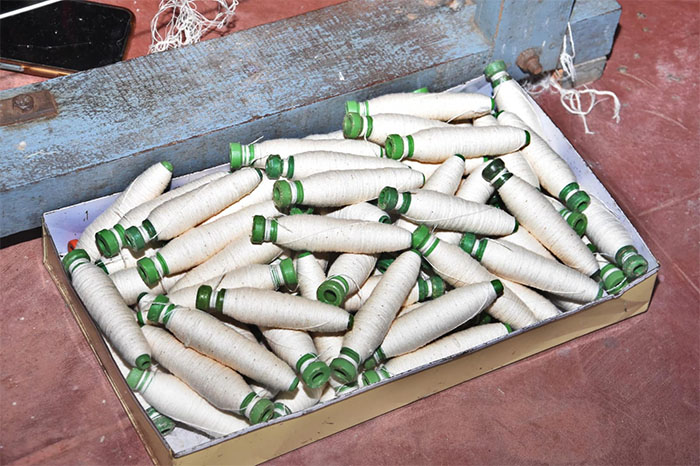
In his 2024-25 State Budget speech, Chief Minister Siddaramaiah, a native of the Mysuru district, unveiled plans to enhance Khadi activities in Badanavalu — an area historically significant for its connection to Mahatma Gandhi.
He also proposed the development of the village as a National Memorial and a dedicated Development Committee has already been established to oversee this initiative.
The Badanavalu centre has attracted numerous dignitaries, including activist Medha Patkar political leaders, Ministers, elected representatives, and a host of film actors, all drawn by the village’s rich heritage and ongoing development.
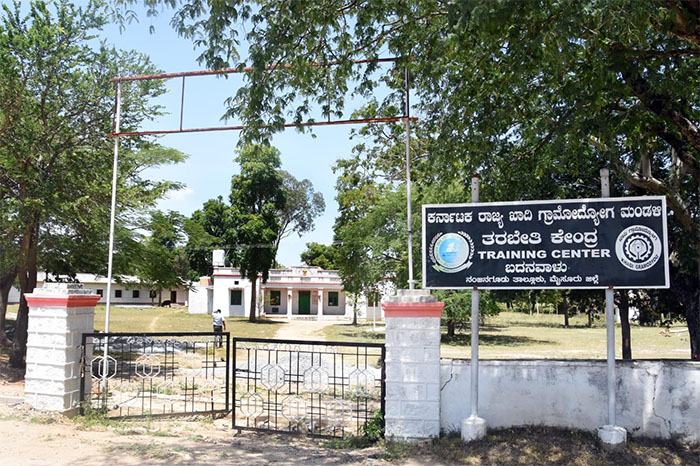
The original Kannada report, written by D. Ashok Kumar, Deputy Director, Department of Information and Public Relations, Mysuru, was sent to Star of Mysore to be published on the occasion of Gandhi Jayanti (Oct. 2).



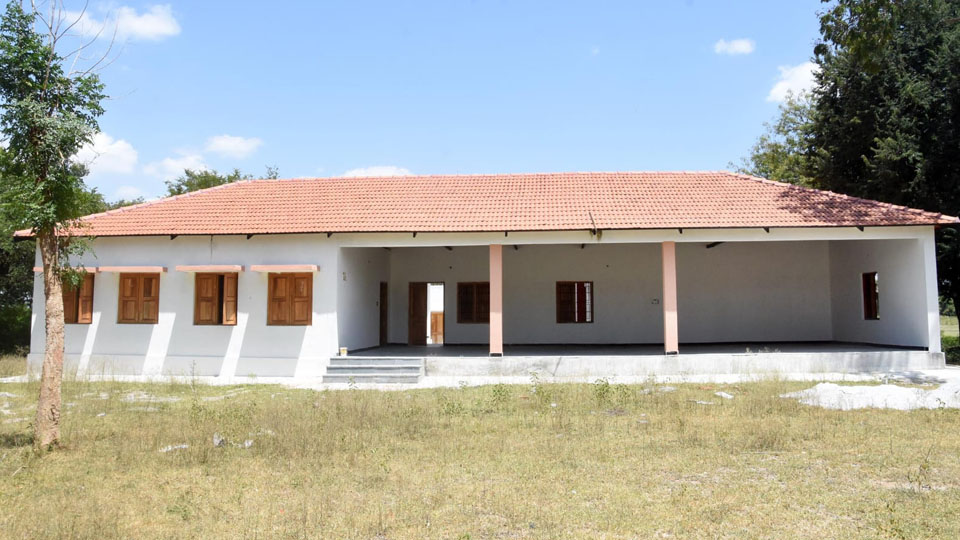




Recent Comments